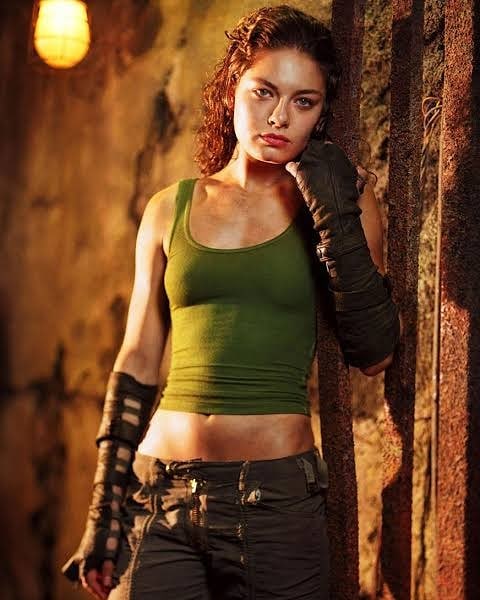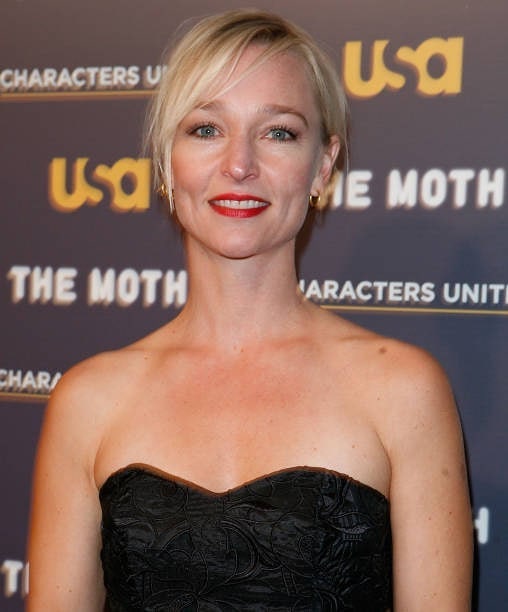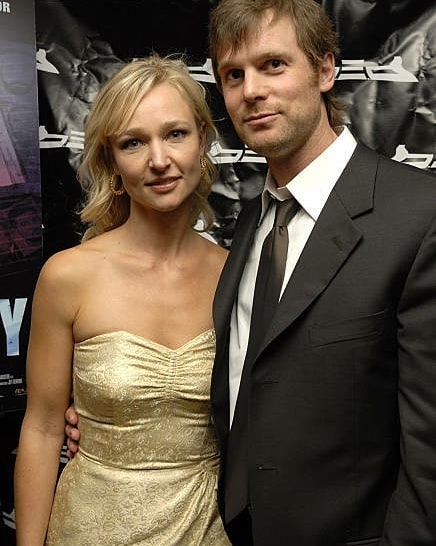Kari and Maureen
Canadian actress. Matchett, who was originally born in Spalding located in Saskatchewan began her theatre career when she moved to Ontario. In the early nineties, she started her career in Canadian television. Then she moved to America, and was a part of The Secrets of Nero Wolfe Invasion Studio 60 on Sunset Strip Ambulance Earth. In the series, she played Last Conflict . She won the Gemini Award in 2001 for her role as Estelle in the Canadian TV series The Department of Wet Cases. The show featured her as an ex-wife for several seasons Impact. In 2010 she played the character of Joan Campbell in the TV show Covert Operations. Cube 2, a 2002 Canadian film that was her first major-screen performance. She also starred in Angel Eyes Boys with Broomsticks The Tree of Life, Boys with Broomsticks, and Hypercube. Divorced. The first child she had, a son named Jude Lyon Matchett was born in June 2013. Maureen O'hara..........................From her first appearances on the stage and screen Maureen O'Hara (b. 1920) was a captivating actress due to her reddish-orange hairstyle and her beautiful natural look and her passion in portraying strong heroines. The actress captivated the audience, no matter if she was freed from a prison in the movie The Hunchback on Notre Dame by Charles Laughton (1939) and fell in love with Walter Pidgeon beneath a coal-blackened skies (How Green Was My Valley) in the film with Natalie Wood or matched wits in The Quiet Man with John Wayne. Maureen O'Hara, the book-length biographical account of the famed screen actor who was dubbed by a lot of people as "the queen of technicolor" it is the first. Aubrey Malone uses new information from Irish Film Institute notes on productions and from historic film magazines, newspapers and fan magazines to trace the actress as she grows up in Dublin and attains the peak of her fame in Hollywood. Malone is also a bit more in-depth about the actress's friendship with frequent costar John Wayne and her relationship with director John Ford and he addresses the much-discussed issue about whether the screen goddess could be considered a feminist, or an antifeminist persona. The film icon was O'Hara in the golden age of cinema, but her penchant for privacy along with her tradition of making public comments that were contrary to the personal preferences of her have left her a mystery. This groundbreaking biography gives the first look at the person behind the bigger-than-life image, examining the legends to present a balanced assessment on one of the greatest actors of silverscreen.





Comments
Post a Comment